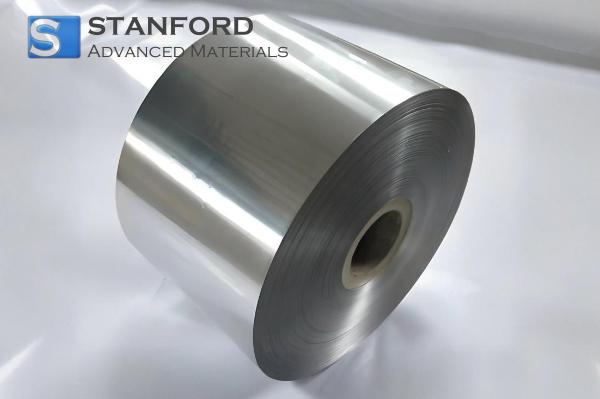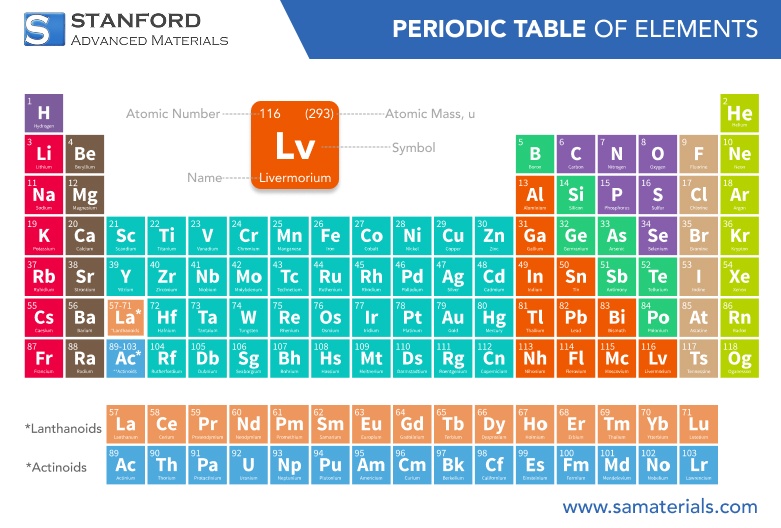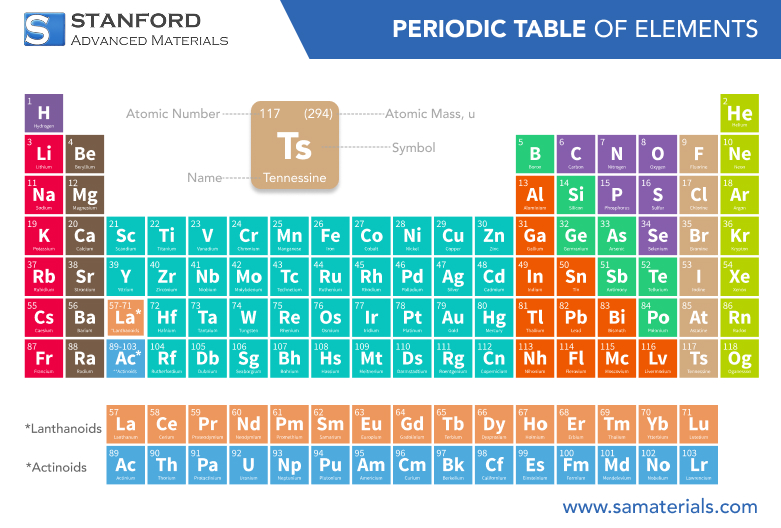Meitnerium: Element Properties And Uses
Description
Meitnerium (Element 109) is a synthetic superheavy metal with distinct chemical and physical properties, a short half‐life and limited industrial applications.
Introduction to the Element
Meitnerium is one of the few synthetic elements produced in laboratories. It was identified through nuclear experiments and is named in honour of Lise Meitner. As element 109 in the periodic table, its production required special conditions. Only a few atoms were produced. Given its extremely short half‐life, most knowledge is based on theoretical predictions and limited experimental evidence.
Chemical Properties Description
As a member of the transition metals, Meitnerium is expected to follow the trends observed in Group 9. It is anticipated to display oxidation states ranging from +1 to +3. However, experiments are constrained by its short half‐life. Ongoing research focuses on its reactivity, bonding characteristics and the potential to form compounds.
General Applications
Despite its scientific interest, Meitnerium has no significant industrial application. Its instability and radioactivity restrict its use to scientific research. The few produced atoms are utilised in experiments that aim to investigate the fundamental aspects of atomic nuclei and the forces that hold them together.
Preparation Methods
The preparation methods for Meitnerium involve advanced nuclear fusion reactions in particle accelerators. In controlled laboratory conditions, a target composed of a heavy element is bombarded with accelerated ions of a lighter element. This process results in a fusion reaction thereby forming Meitnerium atoms, though only in extremely small quantities. Such methods demand precise control of energy and reaction conditions and require highly sensitive detection instruments.
Frequently Asked Questions
What is Meitnerium?
Meitnerium is a synthetic superheavy element with atomic number 109, produced under controlled laboratory conditions and named after Lise Meitner.
How is Meitnerium produced?
It is produced through nuclear fusion reactions in particle accelerators. In this process, a heavy target is bombarded with ions, which results in the formation of Meitnerium atoms.
Why is Meitnerium unstable?
Its instability is due to its superheavy nucleus. The rapid radioactive decay results in an extremely short half‐life, thereby complicating experimental studies.
Are there practical applications for Meitnerium?
Apart from scientific research, Meitnerium currently has no practical applications. This is mainly due to its rapid decay and limited availability.
What contribution does Meitnerium make to scientific research?
Despite its instability, the study of Meitnerium assists scientists in understanding nuclear forces and the behaviour of superheavy elements. It also influences the development of detection instruments and safety protocols.

 Bars
Bars
 Beads & Spheres
Beads & Spheres
 Bolts & Nuts
Bolts & Nuts
 Crucibles
Crucibles
 Discs
Discs
 Fibers & Fabrics
Fibers & Fabrics
 Films
Films
 Flake
Flake
 Foams
Foams
 Foil
Foil
 Granules
Granules
 Honeycombs
Honeycombs
 Ink
Ink
 Laminate
Laminate
 Lumps
Lumps
 Meshes
Meshes
 Metallised Film
Metallised Film
 Plate
Plate
 Powders
Powders
 Rod
Rod
 Sheets
Sheets
 Single Crystals
Single Crystals
 Sputtering Target
Sputtering Target
 Tubes
Tubes
 Washer
Washer
 Wires
Wires
 Converters & Calculators
Converters & Calculators
 Write for Us
Write for Us




 Chin Trento
Chin Trento



